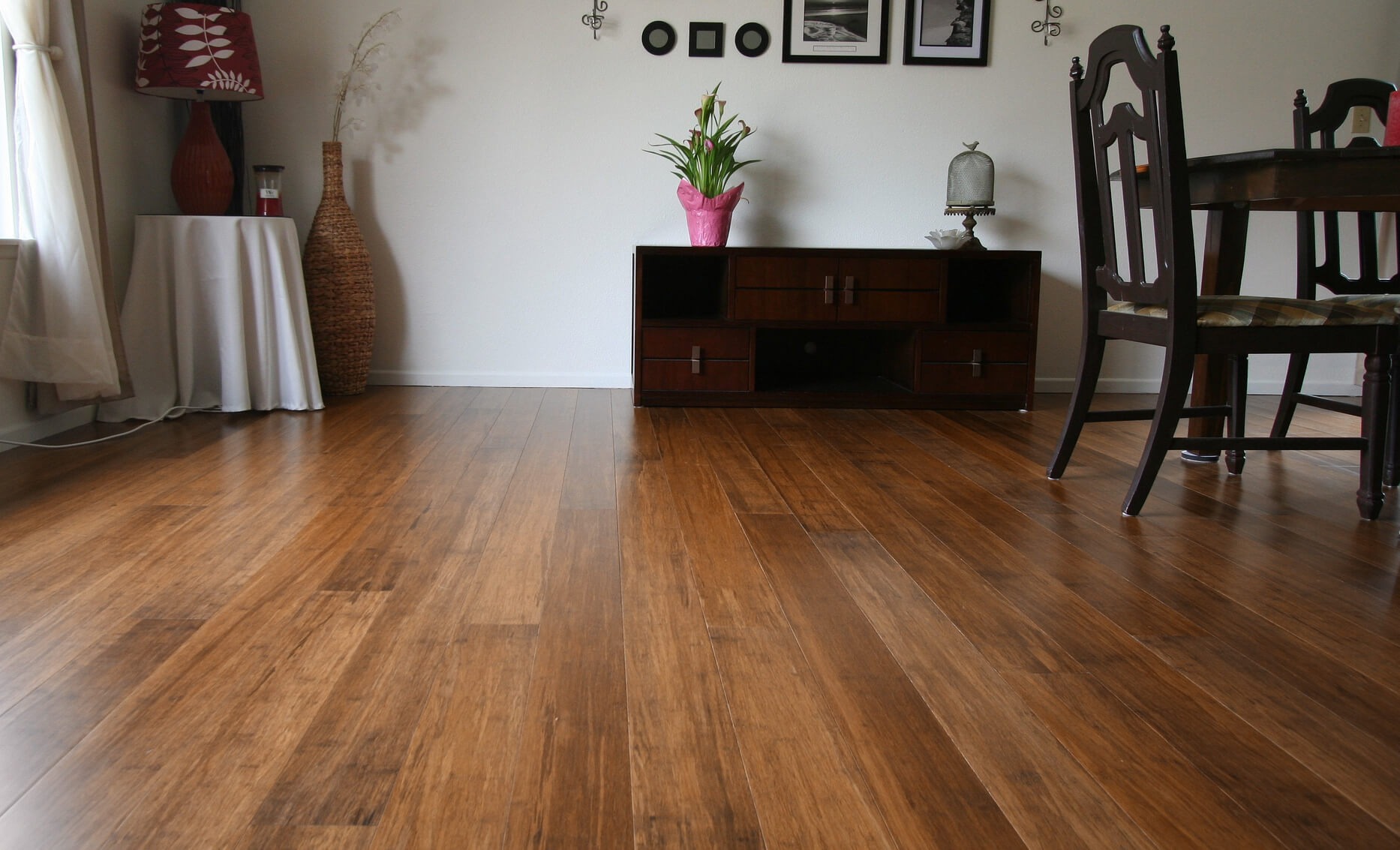Introduction to Bamboo Flooring
Bamboo flooring has emerged as a popular choice for homeowners in Dubai, merging sustainability with aesthetic appeal. Known for its strength and durability, bamboo offers an environmentally friendly alternative to traditional hardwood floors. As we delve deeper into the world of bamboo flooring, we will explore its benefits, installation methods, maintenance tips, and why it stands out in the Dubai market.
Why Choose Bamboo Flooring?
1. Eco-Friendly and Sustainable
Bamboo is one of the fastest-growing plants on the planet, reaching maturity in just three to five years. This rapid growth cycle makes bamboo an incredibly sustainable resource compared to hardwood trees, which can take decades to mature. Choosing bamboo flooring not only contributes to environmental preservation but also supports sustainable forestry practices.
2. Durability and Strength
Despite its lightweight nature, bamboo is remarkably strong and durable. Strand-woven bamboo, in particular, is twice as hard as oak, making it resistant to scratches and dents. This durability is essential for high-traffic areas in homes, ensuring that your flooring maintains its beauty over time.
3. Aesthetic Versatility
Bamboo flooring comes in a variety of styles, colors, and finishes, allowing homeowners to choose a look that complements their interior design. Whether you prefer the natural, earthy tones or a more polished finish, bamboo can seamlessly blend with both contemporary and traditional settings.
Types of Bamboo Flooring
1. Solid Bamboo Flooring
Solid bamboo flooring is crafted from a single piece of bamboo, providing a sturdy and authentic feel. This type is known for its longevity, making it suitable for long-term use in residential spaces. Solid bamboo is typically thicker, offering more stability and insulation.
2. Engineered Bamboo Flooring
Engineered bamboo flooring consists of multiple layers, with a bamboo veneer on top. This construction provides enhanced moisture resistance, making it a perfect choice for areas prone to humidity, such as kitchens and bathrooms. Engineered bamboo also offers ease of installation and is often more cost-effective.
3. Strand-Woven Bamboo Flooring
Strand-woven bamboo flooring is made by compressing shredded bamboo fibers, resulting in a dense and incredibly durable product. This type is ideal for homeowners seeking the ultimate strength in their flooring material, as it outperforms traditional hardwood in terms of resistance to wear and tear.
Installation Process of Bamboo Flooring
1. Preparation
Before installing bamboo flooring, it is crucial to prepare the subfloor. Ensure that it is clean, dry, and level. This preparation will prevent issues like warping or unevenness in the final installation.
2. Acclimatization
Bamboo flooring should acclimate to the room’s temperature and humidity for at least 48 hours before installation. This step helps prevent any expansion or contraction post-installation, maintaining the integrity of the floor.
3. Installation Methods
Bamboo flooring can be installed using several methods, including:
- Nail-Down Method: Suitable for solid bamboo flooring, where planks are nailed directly to the subfloor.
- Glue-Down Method: Ideal for engineered bamboo, where adhesive is applied to secure the planks.
- Floating Method: Planks are interlocked and laid on top of the subfloor without fastening, allowing for natural movement.
4. Finishing Touches
Once installed, consider adding a sealant or finish to protect the surface from scratches and stains. This step enhances the flooring’s longevity and maintains its appearance over time.
Maintenance Tips for Bamboo Flooring
1. Regular Cleaning
To keep bamboo flooring looking pristine, sweep or vacuum regularly to remove dirt and debris. For deeper cleaning, use a damp mop with a gentle cleaner designed for bamboo or hardwood floors.
2. Avoid Excessive Water
Bamboo is sensitive to moisture; therefore, avoid excessive water during cleaning. Spills should be wiped up immediately to prevent absorption that could lead to warping or damage.
3. Use Protective Pads
To prevent scratches, place felt pads under furniture and avoid dragging heavy items across the floor. This simple precaution can significantly extend the life of your bamboo flooring.
The Benefits of Bamboo Flooring in Dubai
1. Adaptability to Climate
Dubai’s hot and dry climate can be harsh on many flooring materials. However, bamboo is well-suited to withstand the temperature fluctuations common in the region. Its natural properties help regulate humidity levels, making it a comfortable option for homes.
2. Cost-Effectiveness
Bamboo flooring offers a cost-effective solution for homeowners looking to upgrade their flooring without breaking the bank. Its affordability, coupled with its durability, ensures a worthwhile investment.
3. Increased Property Value
Investing in high-quality bamboo flooring can enhance the overall appeal of your property. As more homeowners seek sustainable and stylish options, bamboo flooring can significantly increase the resale value of your home.
Conclusion
Bamboo flooring stands out as a superior choice for homeowners in Dubai, providing an eco-friendly, durable, and aesthetically pleasing solution. With various types to choose from and easy installation and maintenance processes, bamboo flooring is an investment that pays off in both comfort and style.
